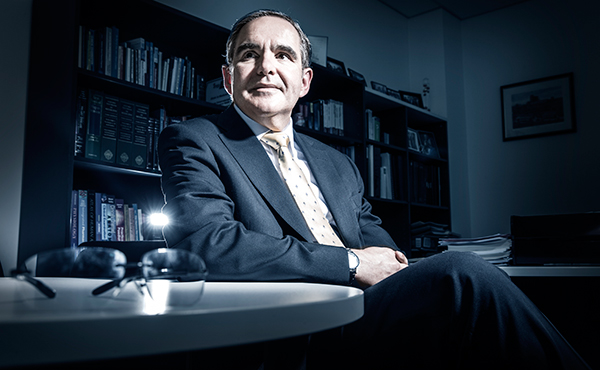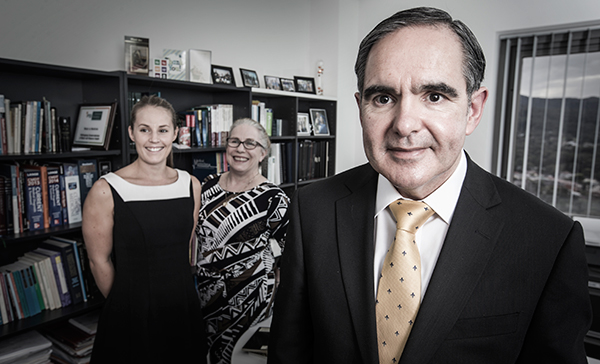June 11, 2015
Researchers contribute to first ever trial of shingles vaccine
Researchers contribute to first-ever trial of shingles vaccine
Researchers at the Illawarra Health and Medical Research Institute (IHMRI) based at UOW have contributed to the first-ever pharmaceutical trial on a shingles vaccine.

The study, recently published in the world’s top clinical journal, the New England Journal of Medicine, showed the vaccine, developed by GlaxoSmithKline (GSK), was 97 per cent successful in protecting older people from developing shingles, compared to the placebo.
The IHMRI Clinical Research and Trials Unit, which was established in 2010, is one of several centres around the world to contribute to the ZOE-50 study that involved over 15,500 patients aged 50 and older.
“Shingles is a very painful localised skin rash caused by the reactivation of the varicella-zoster virus which causes chickenpox earlier in life,” IHMRI Clinical Research and Trials Unit Director and Principal Investigator, Professor Wilf Yeo (pictured above), said.
“Up to 30 per cent of people will have an episode of shingles in their lifetime, most after the age of 50. The most common complication is persistent neuralgia, where pain in the area of the shingles outbreak persists for 12 months or longer, even after the rash has healed.”
The GSK vaccine specifically targeted older and immuno-compromised patients where current vaccines were less effective, or couldn’t be used, because they infected people with a live virus.

Professor Wilf Yeo with Trial Coordintors (from left) Kim de Vries and Fiona Roberts.
“The GSK product was created from a sub-unit of the virus’s outer coating with the patients’ natural antibodies helping to kill the virus and prevent the onset of shingles,” added Professor Yeo.
The Clinical Research and Trials Unit Registered Nurses and clinical trial coordinators worked with 66 local and Sydney residents on the study, seeing them on a monthly, then six monthly basis with phone follow ups representing an average interaction of three years.
“IHMRI has put a lot of work into building the Clinical Research and Trials Unit’s reputation for clinical research and team has played a crucial role in developing relationships with local participants who had a good experience of the trial,” said Professor Yeo.
“The fact that the study has been published in arguably the top clinical journal in the world is a testament to their hard work and the work of other Australian investigators.”


